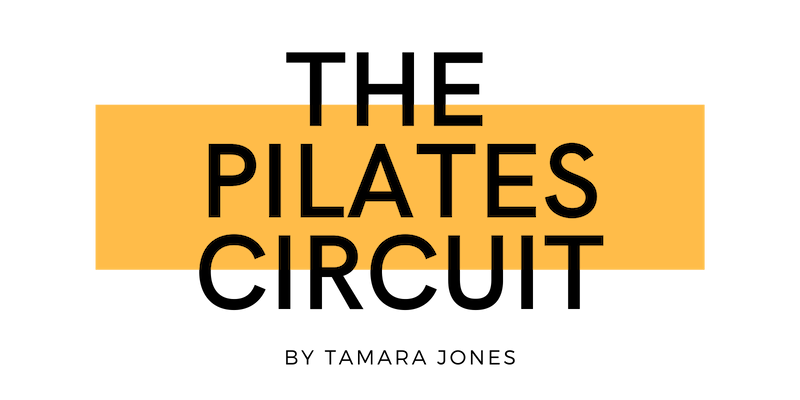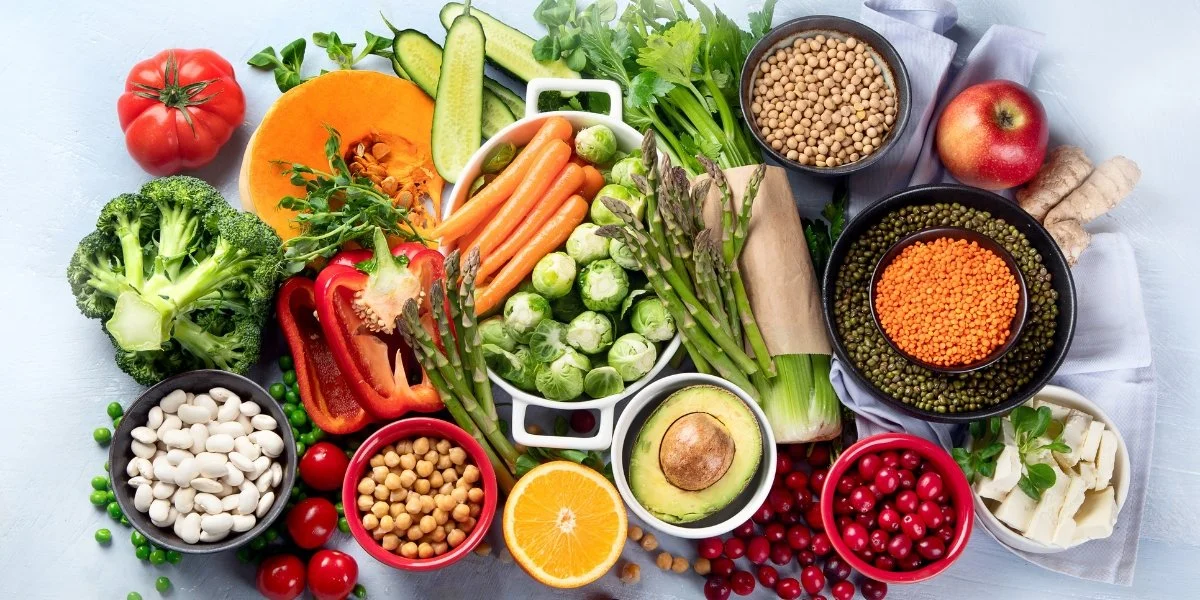Should I Eat Before Pilates Classes? (Pilates Diet Tips)
Are you wondering what to eat before and after Pilates to maximize workout benefits? Strategically planning meals around your Pilates sessions can boost energy levels, endurance, and overall fitness results.
Maximizing Your Pilates Workout with Proper Nutrition
Pilates combines strength, flexibility, and mindfulness. Optimize your Pilates sessions by fueling your body properly.
The Importance of Nutrition for Pilates
Proper nutrition provides energy for your workout, supports muscle recovery, and helps maintain overall health.
Understanding what to eat before and after Pilates can affect how you feel and perform during your sessions.
What to Eat Before Pilates
Optimal nutrition fuels your body for the demanding exercises Pilates entails and aids in muscle repair and growth.
Optimal Pre-Pilates Foods
Eating the right foods before your Pilates class provides energy to power through your workout. These include:
Complex Carbohydrates: Whole grains, oats, and brown rice provide sustained energy.
Lean Proteins: Greek yogurt, cottage cheese, and lean meats help support muscle function.
Fruits: Bananas, berries, and apples offer a quick source of natural sugars for energy.
Healthy Fats: Avocados, nuts, and seeds can provide long-lasting energy and satisfaction.
How Long Before Pilates Should I Eat? (Timing Your Pre-Workout Meal)
Ideally, eat a balanced meal 2-3 hours before your class. Alternatively, a light snack 30-60 minutes before your workout can also be effective.
Choose easily digestible options like a banana or a small smoothie to avoid feeling heavy or bloated.
What to Eat After Pilates
What should you eat after Pilates to maximize your recovery and results?
Ideal Post-Pilates Foods
After a Pilates session, your body needs nutrients to recover and rebuild. A mix of proteins and carbohydrates will replenish energy stores and repair muscles:
Lean Proteins: Chicken, fish, tofu, or protein shakes are excellent sources.
Complex Carbohydrates: Quinoa, sweet potatoes, and whole-grain bread help replenish glycogen stores.
Vegetables: Leafy greens, broccoli, and bell peppers provide essential vitamins and minerals.
Healthy Fats: Avocados, olive oil, or nuts support overall recovery.
Hydration Tips for Post-Workout Recovery
Drink water throughout the day. Adding an electrolyte drink after intense sessions can replace lost minerals. Herbal teas and coconut water also help to maintain hydration.
Common Questions About Pilates and Nutrition
Common questions about Pilates and nutrition focus on:
Types of foods to consume before and after sessions
The timing of meals
How nutrition can impact performance and recovery
Questions also frequently address whether specific diets can enhance results and how hydration affects overall fitness.
Can I Do Pilates After Eating?
Wait at least an hour after eating a meal before doing Pilates. This allows your body to start digesting the food, prevents discomfort, and ensures adequate energy for your workout.
Light snacks can be consumed 30-60 minutes before your session.
Is It Better To Eat Before or After Pilates?
Eating before and after Pilates is important. Eating before your workout provides energy, while eating afterward aids in recovery.
Choose the right types of foods and time your meals to maximize the benefits.
Tailoring Your Diet to Your Pilates Routine
Understanding the relationship between what you eat and how you exercise is essential for optimizing the benefits of your Pilates routine.
Adjusting Your Diet Based on Workout Intensity
With more intense sessions, you may need to increase carbohydrates and proteins to fuel your workout and support recovery.
On lighter days, a balanced diet with moderate portions will suffice.
Personalizing Your Nutrition Plan for Pilates
Everyone's body responds differently to food and exercise. Notice how your body feels during and after Pilates and adjust your diet accordingly.
In addition, consulting with a nutritionist can help you create a personalized plan that aligns with your fitness goals and dietary preferences.
Discover the benefits of personalized Pilates with private 1x1 Pilates in New York. At The Pilates Circuit, we focus on helping you move better and feel stronger through sessions designed just for you. Whether you’re working on mobility, balance, or overall fitness, we’re here to create a plan that works for your life.
Start your journey today with an intro session and choose between our Chelsea Private Pilates Studio or NOMAD Pilates Studio for a customized and focused experience.
FAQs
-
The session will include a variety of exercises performed on the Pilates Reformer. The instructor will tailor the session specifically to your goals, abilities, and any concerns.
You'll receive instruction on proper form, alignment, and breathing techniques for each exercise, ensuring safety and effectiveness.
Our instructors will play some music and chat with you throughout. You can chat as much or as little as you’d like.
Depending on your personal goals, you’ll repeat exercises each week to try to achieve them. If you come in tired, your instructor will switch up the routine to match you where you are.
Lots of energy? Let’s go!
-
It is important to have energy during a session! It’s advisable to eat a light meal or snack 1-2 hours before a Pilates session but to avoid heavy meals that may cause discomfort during exercise.
We also keep light snacks in the studio in case you’re ever in a pinch and need something small.
-
Yes, but timing matters. If you’ve had a full meal, wait at least one hour before your session. This gives your body time to begin digesting and reduces the chance of discomfort during movement.
If you’re closer to your class time, stick to a light snack that’s easy to digest.
-
Eat a balanced meal two to three hours before your workout if possible. If you’re short on time, have a light snack about thirty to sixty minutes beforehand.
Avoid anything heavy, greasy, or difficult to digest. The goal is to fuel your body without feeling weighed down.
-
After class, focus on recovery. Combine lean protein with complex carbs to support muscle repair and restore energy.
Examples include grilled chicken with quinoa, or a protein shake with a banana. Add vegetables or healthy fats to round out your meal and aid recovery.
Meet Tamara – Your Pilates Expert
Hi! I’m Tamara, a Certified Pilates Instructor and founder of The Pilates Circuit in NYC. With 9+ years of experience, I specialize in results-driven, athletic Pilates to improve posture, core strength, and overall wellness. Whether you're recovering from diastasis recti or leveling up your fitness, I’m here to guide you every step of the way!
Find us on Instagram:



